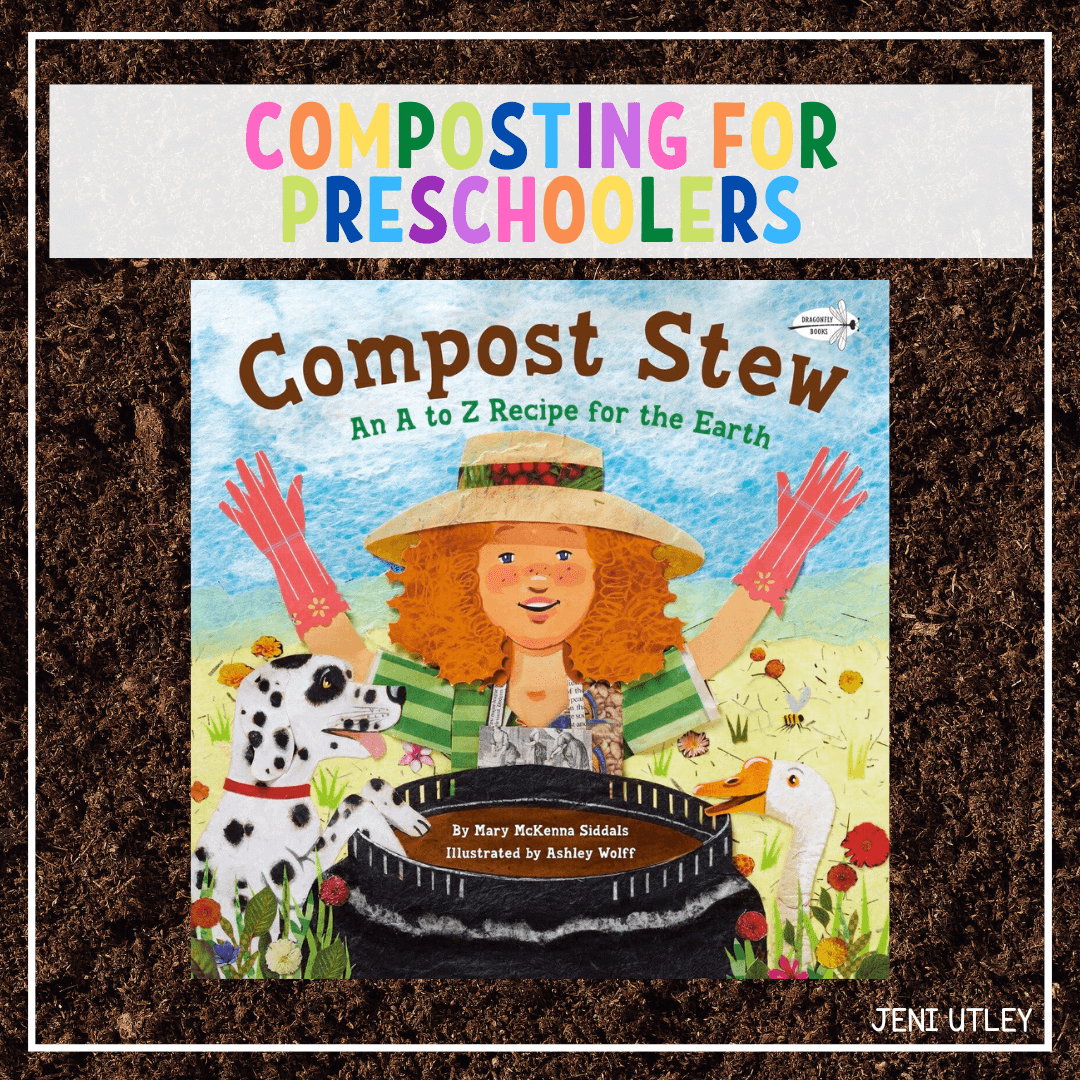
We're always looking for creative ways to teach our children about the world around them. One great way is through hands-on activities that engage their senses and curiosity.
Composting is an excellent example of this, offering a tangible way to learn about sustainability, recycling, and the natural cycle of life. And what better way to introduce composting to preschoolers than through the book, "Compost Stew: An A to Z Recipe for the Earth" by Mary McKenna Siddals?

BEFORE DIVING INTO THE STORY
It's a great idea to set up your composting station. Grab a bucket or a designated compost bin, fill it with dirt, and add some worms if you can find them. Then, gather some of the items mentioned in the book: fruit and vegetable scraps, dried leaves, eggshells, napkins, cardboard, grass, and plants.
As you read through the book, whenever you come across one of these items, toss it into your compost bin. If you have little ones who need to let out some energy, you can even turn it into a game. Set the bin across the room and have them run to the bin whenever you call out an item that you have.
WHAT IS COMPOSTING?
Now, let's talk a bit about composting itself. It's essentially the process of breaking down organic matter, like food scraps and yard waste, into nutrient-rich soil called compost. This magic transformation is aided by our little wriggly friends, the worms, along with bacteria and other microorganisms. The end result? A dark, crumbly soil that's perfect for feeding plants and enriching garden beds.
When it comes to composting, there are some dos and don'ts to keep in mind:
DO:
- Fruit and vegetable scraps: These provide essential nutrients for your compost.
- Dried leaves: A great source of carbon, which helps balance the compost pile.
- Eggshells: Rich in calcium and help regulate pH levels in the compost.
- Napkins: Made of paper, these are excellent compost material.
- Cardboard: Tear it into small pieces to add carbon to your compost.
- Grass clippings: A valuable source of nitrogen.
- Plants: Including trimmings and dead flowers, as long as they're not diseased.
DON'T:
- Meat, grease, and dairy products: These can attract pests and create odors.
- Animal waste: It's best to avoid pet waste in your compost.
- Coated paper: Such as magazines or glossy paper, as they may contain chemicals.
- Diseased plants: To prevent the spread of disease in your compost.
- Sawdust: Unless you're certain it's from untreated wood.
- Anything with chemicals: Pesticides or herbicides can harm your compost ecosystem.
- Foods with too much acid: Like pineapple, onion, and citrus fruits, can disrupt the composting process.
As you embark on your composting journey with your preschooler, there are plenty of additional learning opportunities beyond the basics. Here are a few ideas:
- Observation and Science: Encourage your child to observe the changes happening in the compost bin over time. Discuss the role of worms, bacteria, and decomposition in the process.
- Life Cycle Lessons: Use composting as a springboard to discuss the life cycle of plants and the concept of recycling nutrients in nature.
- Gardening Activities: Once your compost has matured, use it to plant seeds or potted plants with your preschooler. They'll love seeing the results of their composting efforts as plants grow strong and healthy.
- Environmental Awareness: Talk about the importance of reducing waste and caring for the planet. Composting is a simple yet powerful way to instill environmental stewardship in young children.
By combining the educational power of a book like "Compost Stew" with hands-on composting activities, you're not only teaching your preschooler valuable lessons about the environment but also fostering a lifelong appreciation for nature and sustainability. So grab your compost bin, gather your materials, and let the composting adventures begin!
- Jeni
___________________
**ALL THINGS HOMESCHOOL PRESCHOOL**
Check out my PRESCHOOL CURRICULUM! This is where you get all of my unit studies, activities, tips, and more!!
FREEBIE: Preschool Curriculum Map!
Check out my website for blogs and freebies!
All of the products on this page are products my kids and I use and love or products I personally recommend!
All of the opinions expressed here are my own. With that said, this page contains affiliate links that, at no additional cost to you, I may earn a small commission.





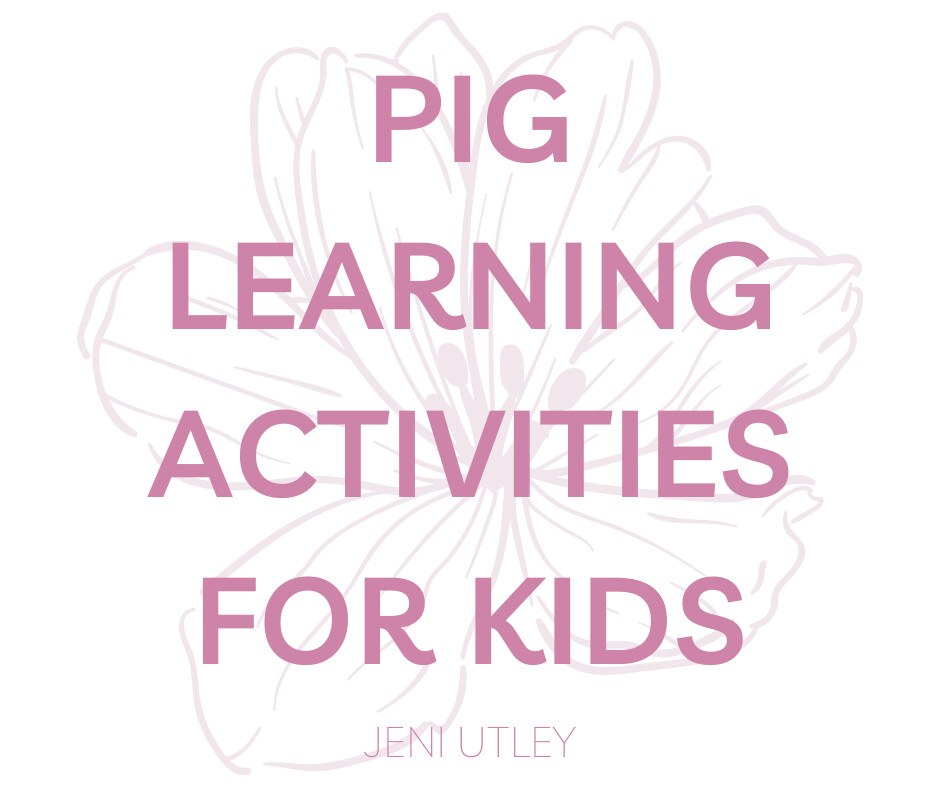

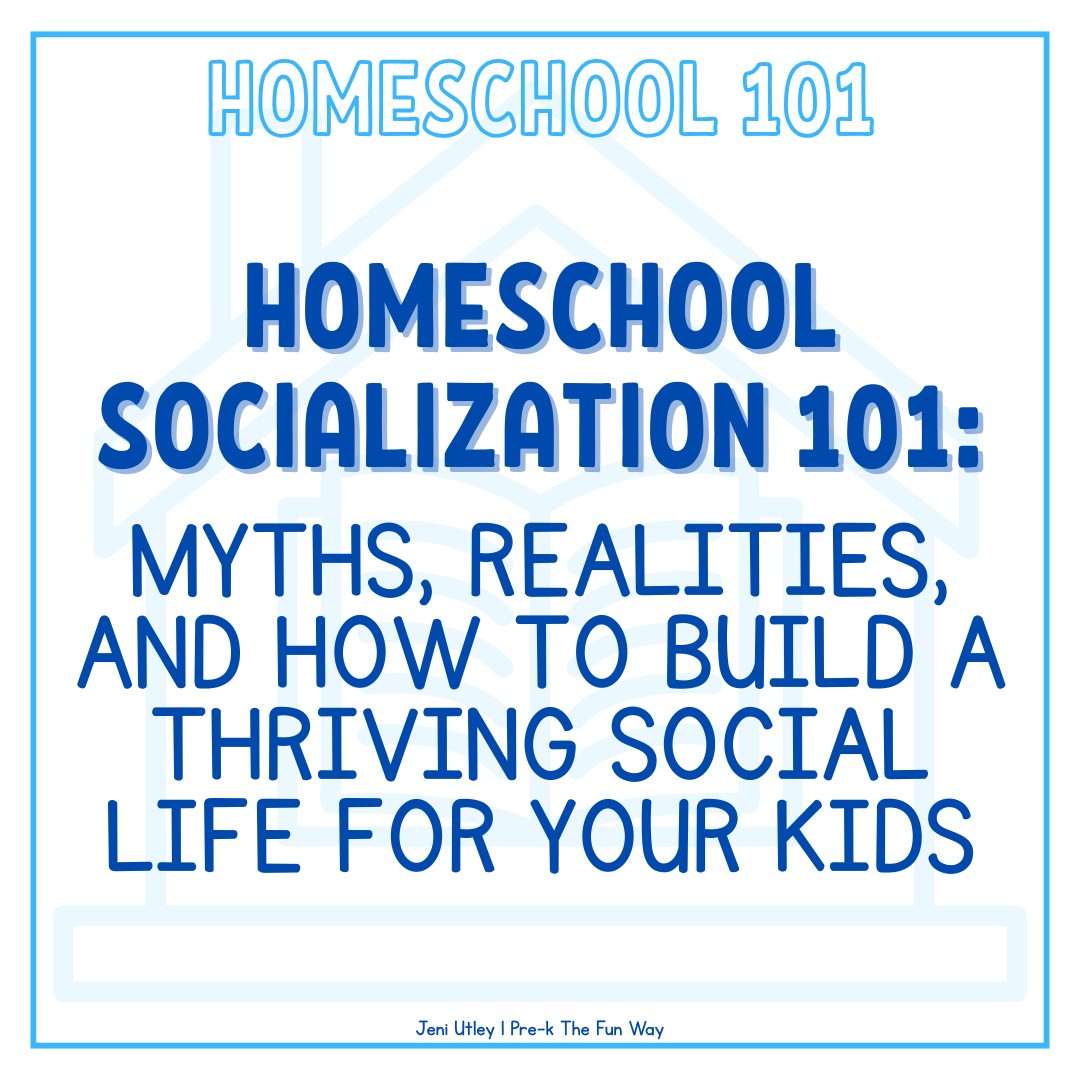
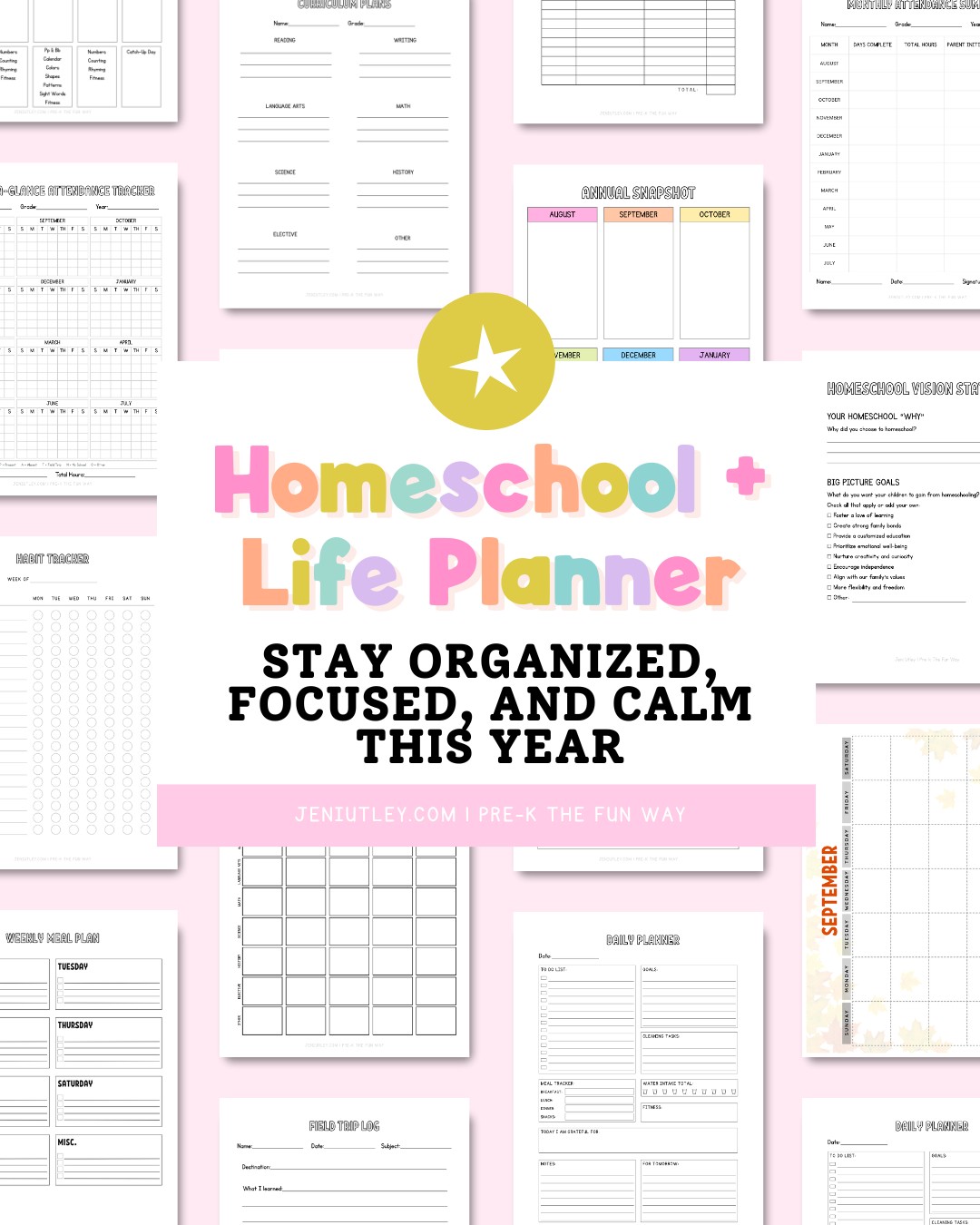

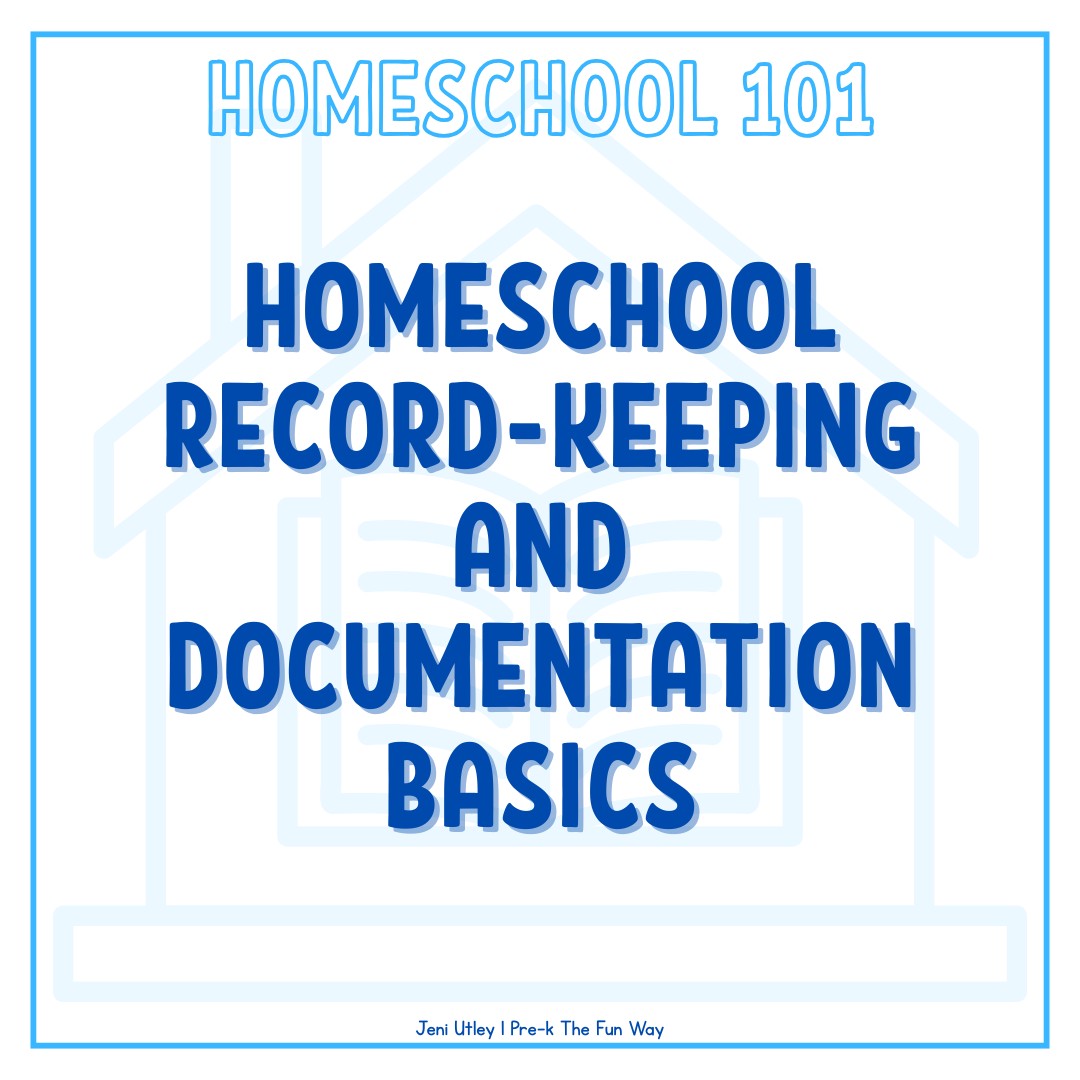
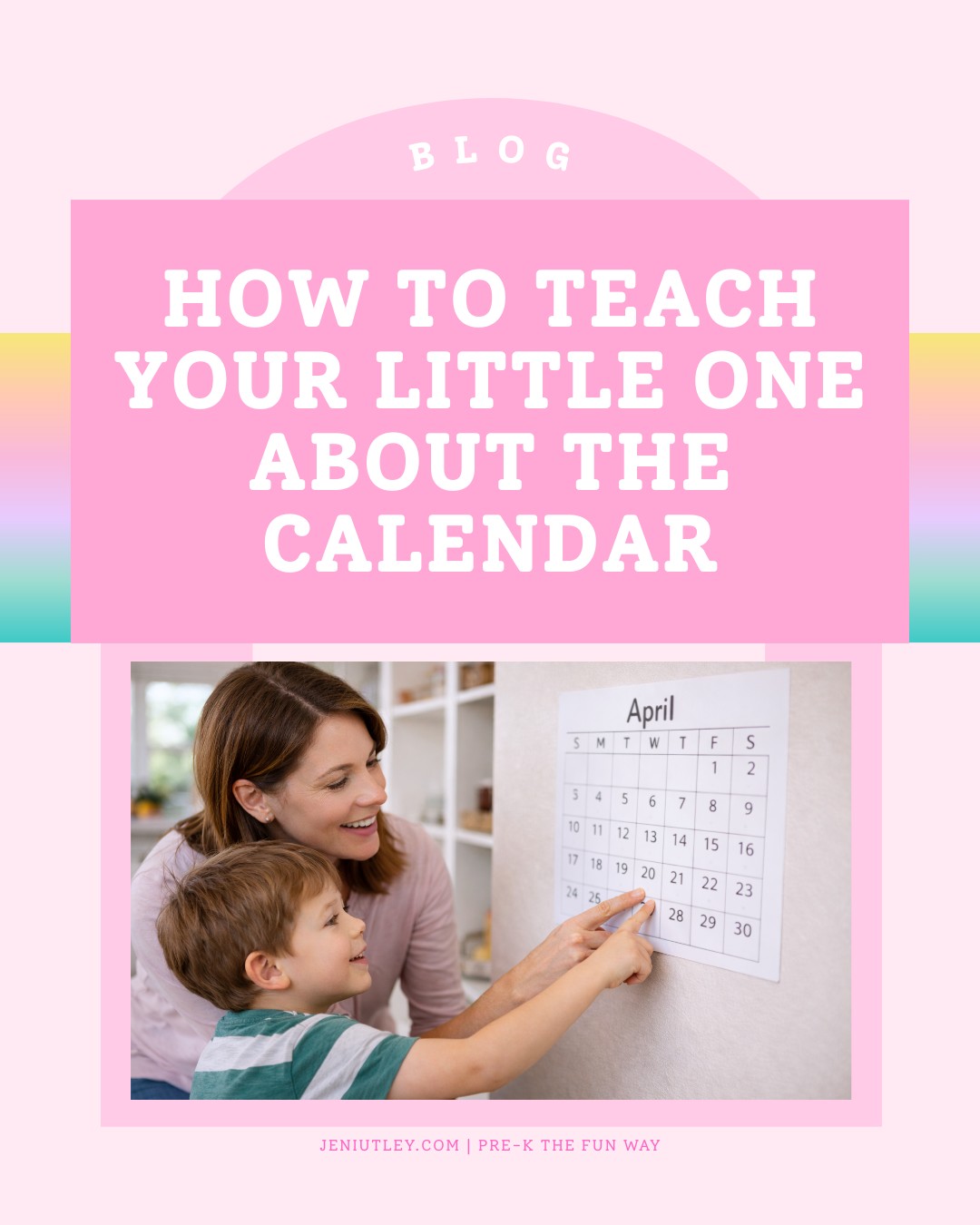
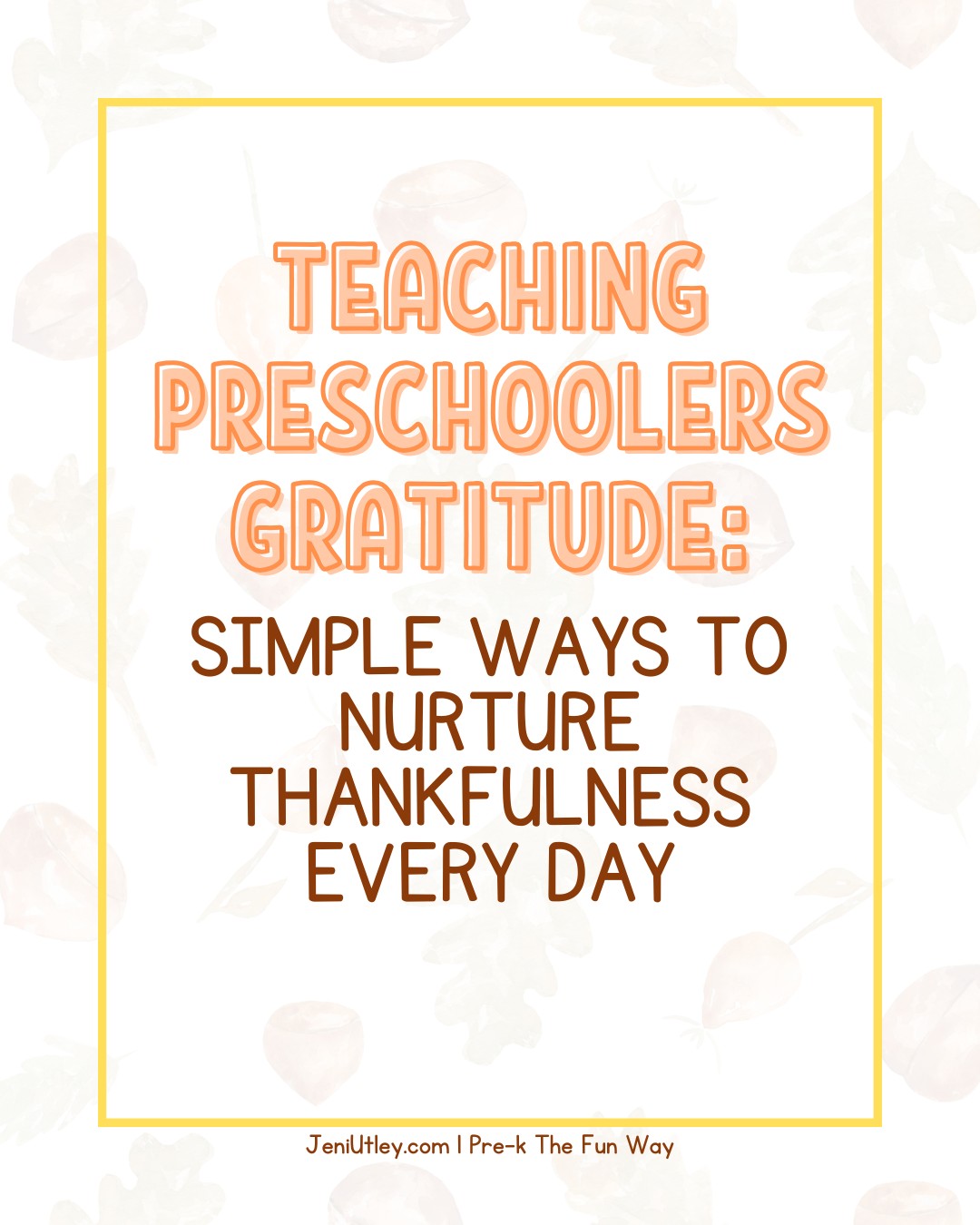
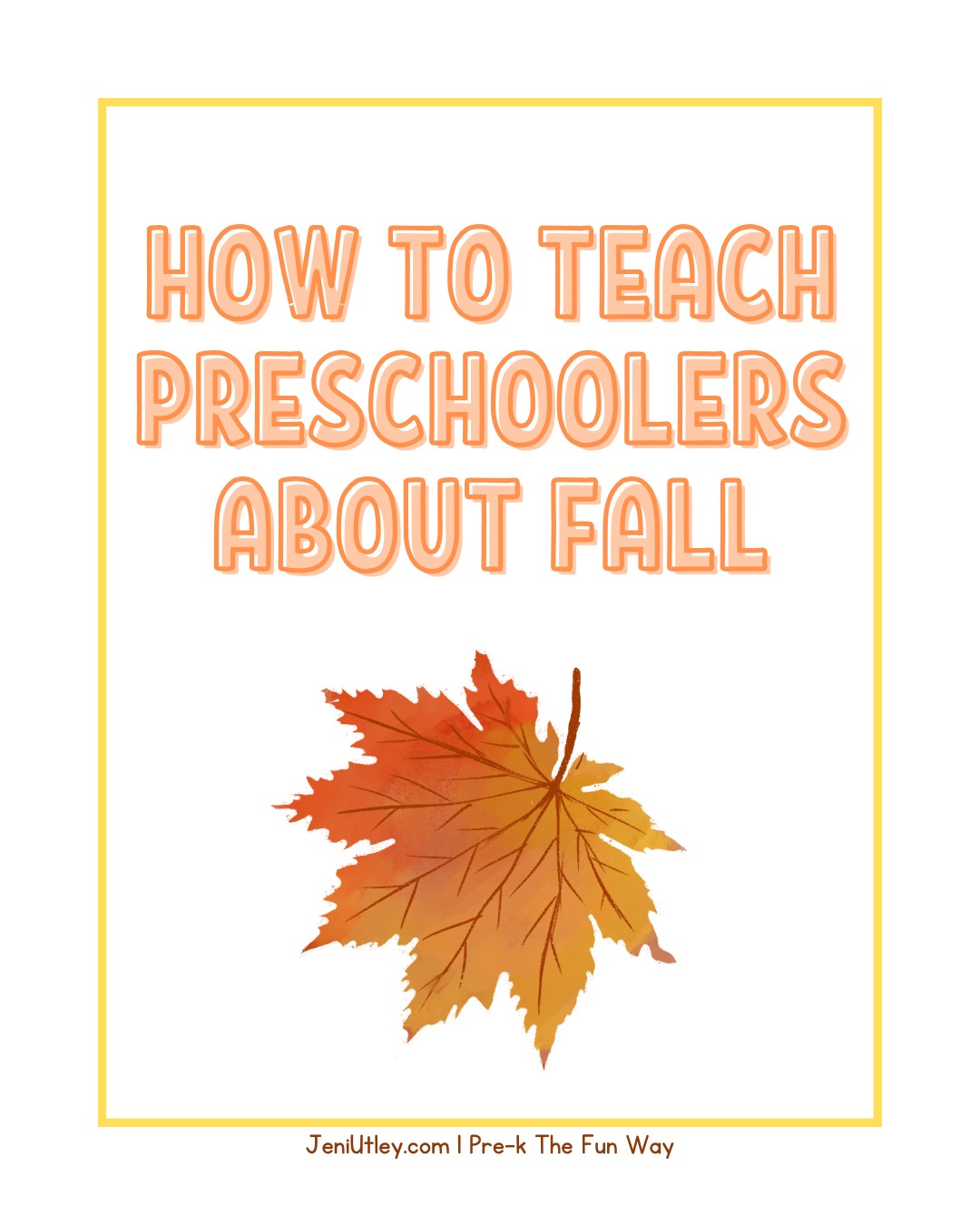

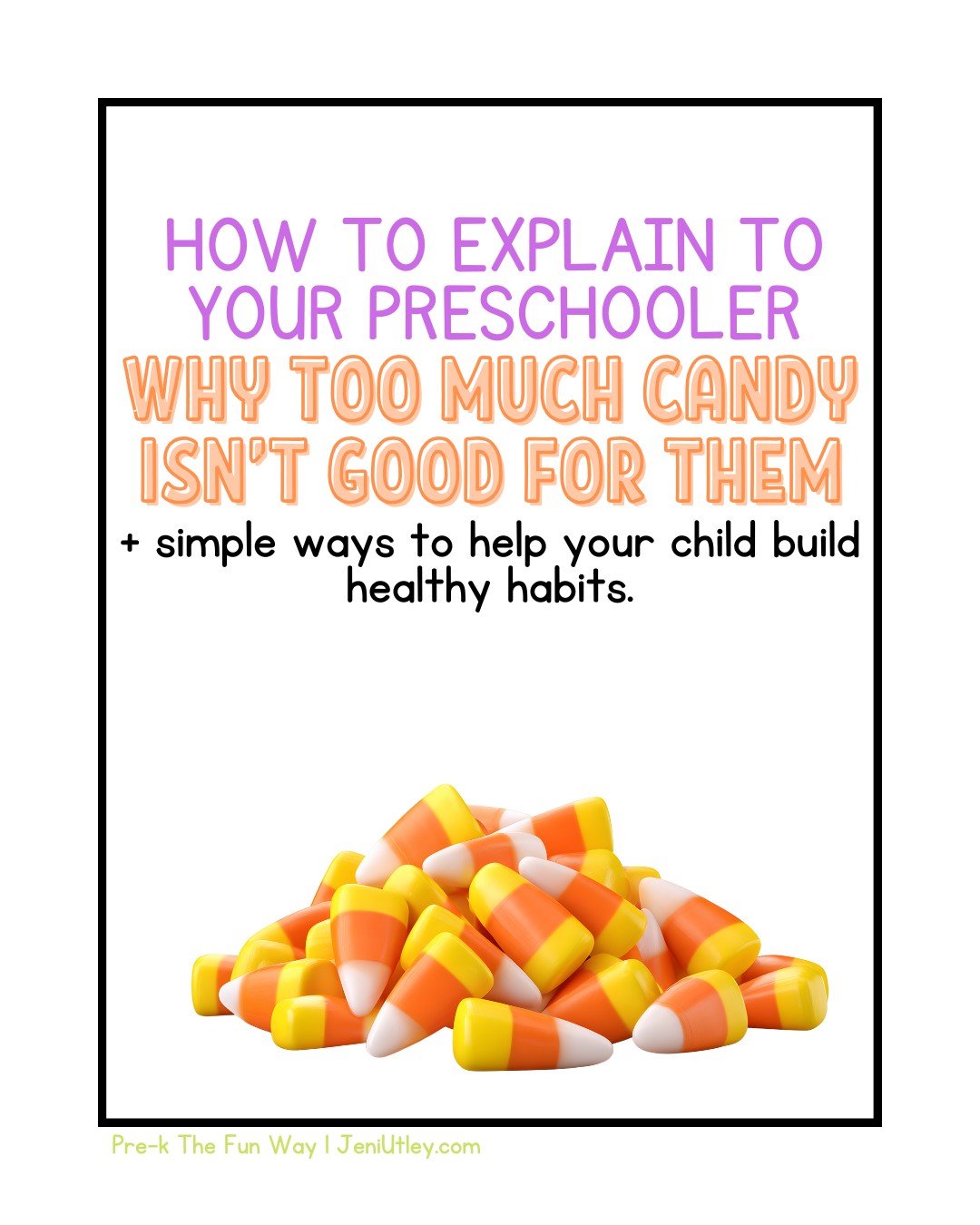
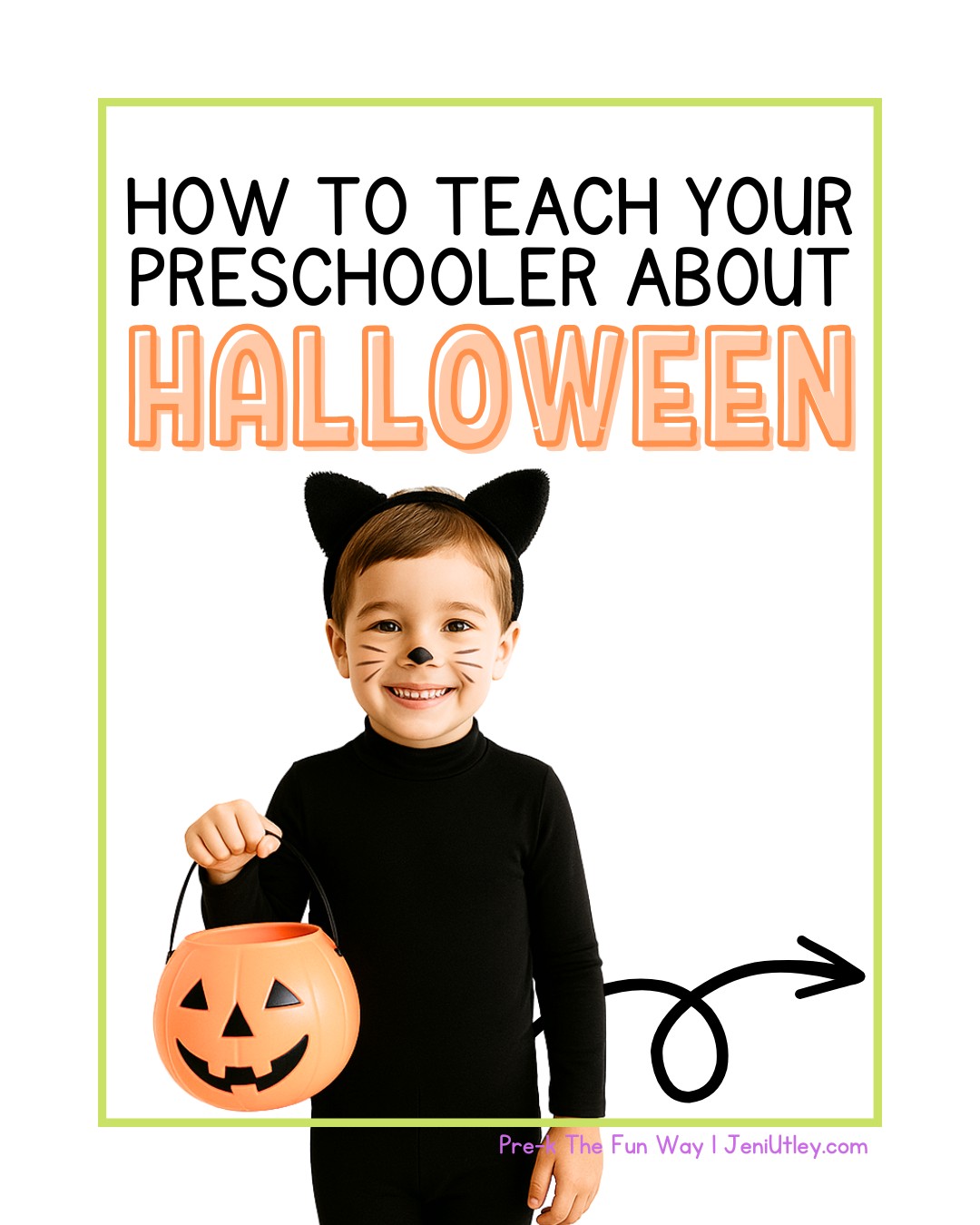





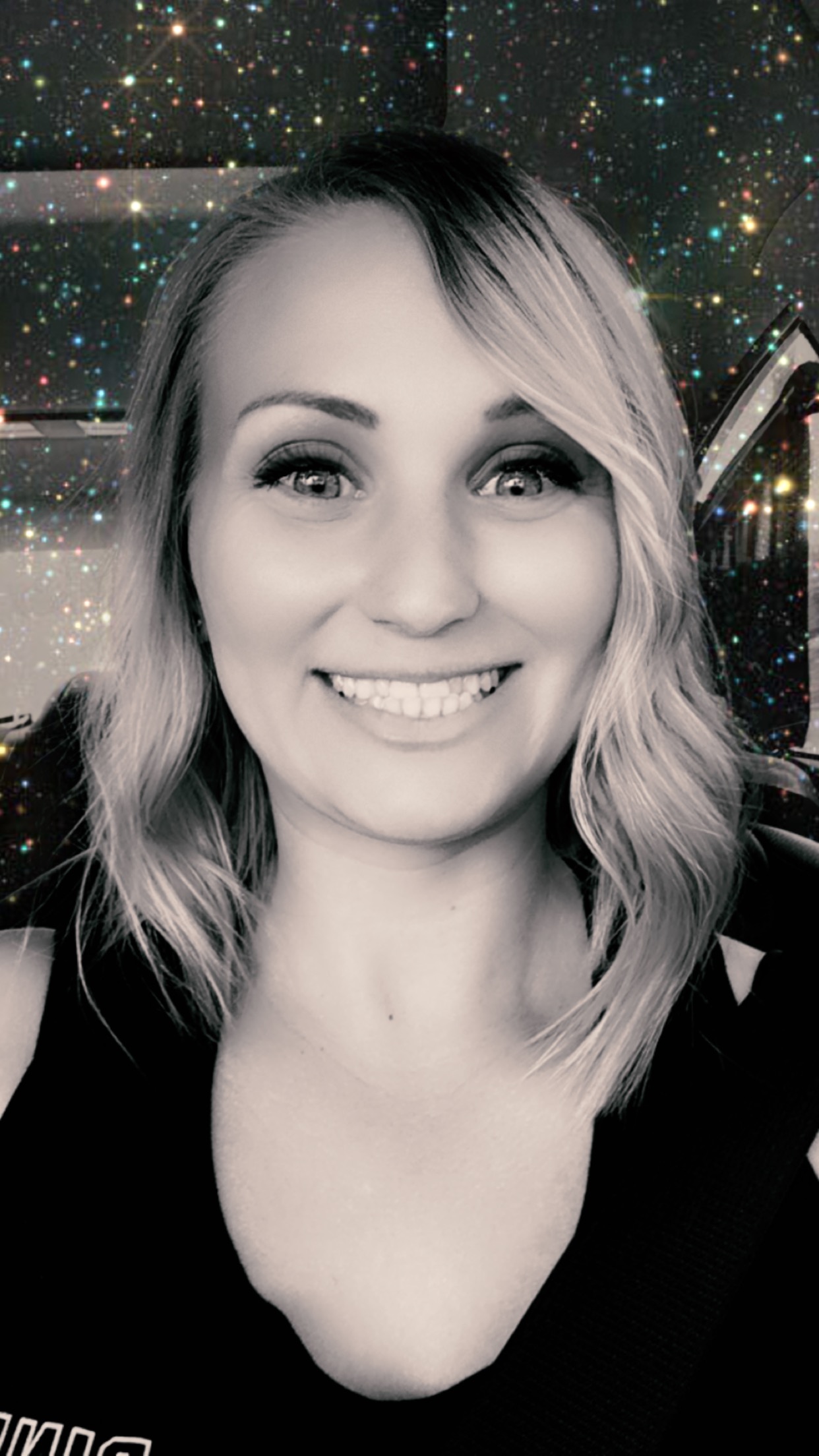
0 Comments